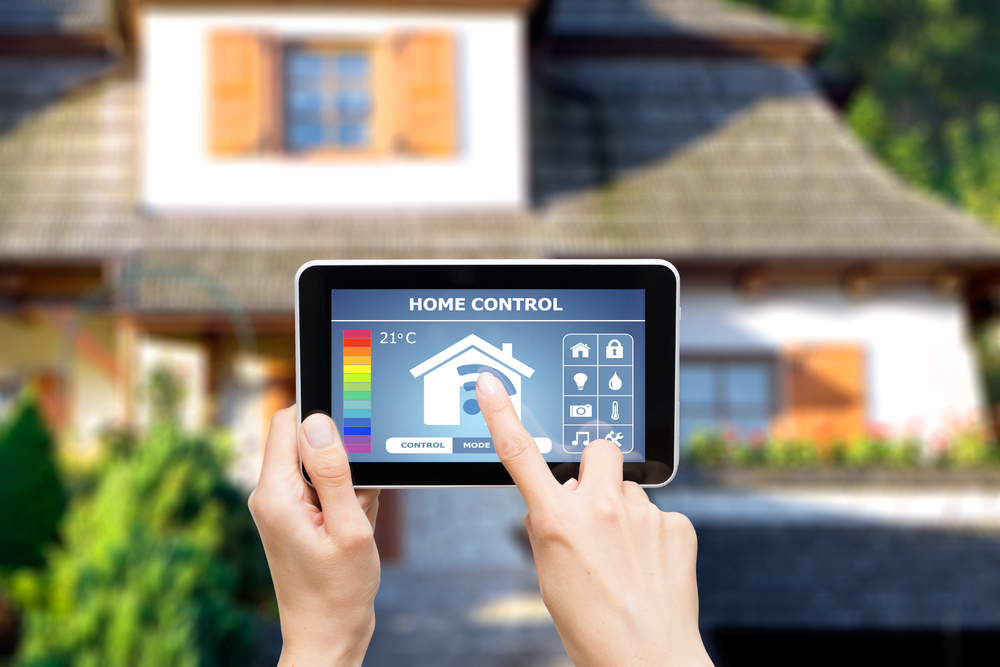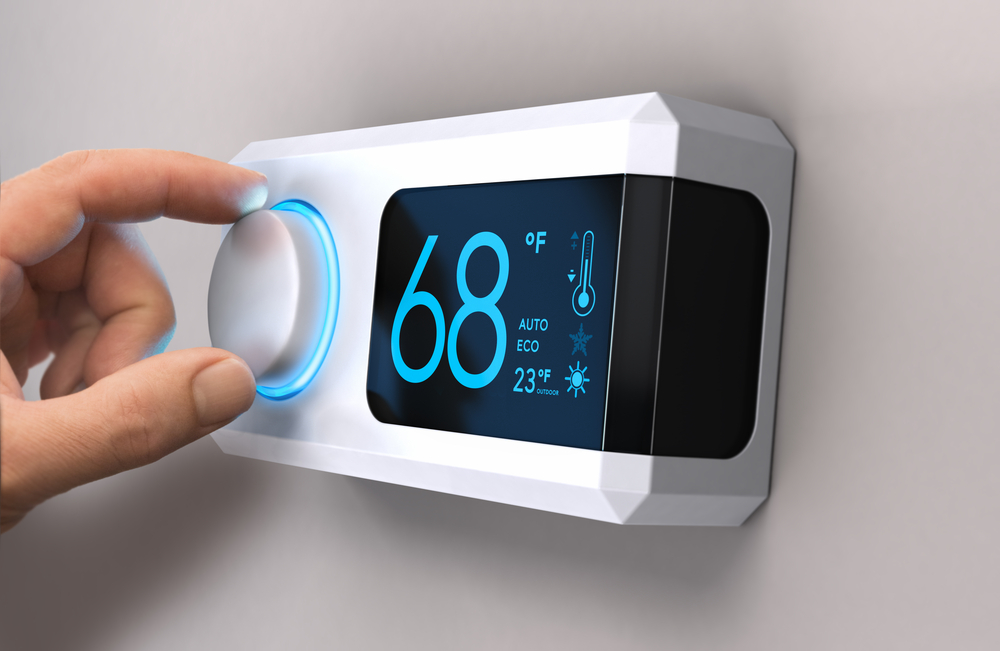How an Energy-Efficient Thermostat Balances Comfort and Affordability
Heating and cooling dominates the energy use of a home. For homeowners who want to adopt an eco-friendly lifestyle and take control of their energy cost, choosing energy-efficient HVAC systems can help decrease energy waste and lower their utility bills, too.
While the HVAC system can save money and energy, the thermostat used to control the temperature of heating and cooling uses electricity, too. An energy-efficient thermostat helps homeowners find the perfect balance of comfort and affordability.
What is an Energy-Efficient Thermostat?
An energy-efficient thermostat is also known as a smart thermostat. These thermostats are connected to wifi, and this enables homeowners to control them remotely. In addition, ENERGY STAR explains that they also switch to an energy-saving mode when they are inactive.
Smart thermostats might be controlled via an app downloaded to a smartphone or a tablet. Using a remote device, homeowners can set the temperature for the thermostat. For example, when homeowners are in the house, they might program a warmer heat setting than when they are away or at work.
Smart thermostats also might let users review temperature data or other information. These smart appliances can help homeowners feel more empowered as they can be controlled remotely.
If a homeowner is on vacation, they might be able to make adjustments to their system from the beach or the resort. While older thermostats required that owners manually set their temperature or the temperature programming, smart thermostats are simpler to control.
Does an Energy-Efficient Thermostat Qualify for Rebates?
An energy-efficient thermostat might be more expensive than a standard option, but homeowners might be able to save some money via rebates. ENERGY STAR lets homeowners search for applicable rebates by entering their zip code. Homeowners can download the benefyd app to find rebates, too!
These rebates are typically provided by local utility companies. Rebates may vary per product.

What is the Best Smart Thermostat?
Smart thermostats or energy-efficient thermostats can help homeowners take control of their energy use and save money, too. These thermostats come in a variety of designs and price points. Some smart thermostats are designed to be compatible with different devices like Google Home, which lets them be controlled by voice command, too.
Smart thermostats can be part of a smart home design and integrated into the Internet of Things (IoT). This could mean that appliances–including the thermostat–are controlled by a smartphone or tablet and connected to a smart assistant, too.
The best smart thermostat could be the one that is compatible with a smart home hub (like Google Home). Homeowners also could choose the most economical option, especially if their home doesn’t utilize a smart home design.
Smart Thermostat + Energy-Efficient HVAC = Savings
When a homeowner is upgrading their HVAC system, they might opt for an energy-efficient system to save money and decrease energy waste. They might choose an energy-efficient thermostat, too. Since the heating and cooling use of a home accounts for the majority of the energy use in the home, upgrading both the HVAC system and the thermostat would provide the most savings.
However, some homeowners might not need to replace their HVAC systems yet. They still could upgrade their thermostat to a smart or energy-efficient thermostat to take control of their system remotely.

Saving Money on Heating and Cooling
There are always ways for homeowners to decrease their energy waste and to save money on heating and cooling their home. Even with an energy-efficient HVAC system and thermostat, keeping the temperature at 68 degrees Fahrenheit during winter and 78 degrees Fahrenheit during summer can help save money.
Turning the air conditioning lower will cost more money. Heating the home to a warmer temperature during winter also wastes energy. The most energy efficient temperatures aim for comfort without excessive energy waste.
During the hot summer, homeowners also might opt to close their blinds or drapes to keep the sun from heating up their home. For extra protection against the heat of the sun, homeowners could use blackout curtains.
Poor insulation in the home also can cause the HVAC to work overtime. If homeowners notice that a room feels too cold during the winter or too hot during the summer, there could be an issue with insulation. Another insulation warning sign? If snow melts quickly on areas of the roof compared to other surrounding homes, it could indicate poor attic insulation.
To control a home’s temperature remotely, though, a smart thermostat might be the best option for many homeowners. As technology evolves, smart thermostats might even become the norm. Not only do these thermostats help homeowners save money, but they also let homeowners take control of the temperature of their home using just a phone or tablet. With the power of smart home technology, a smart thermostat also could be compatible with voice-activated assistants making temperature control in the home even more simplistic!


